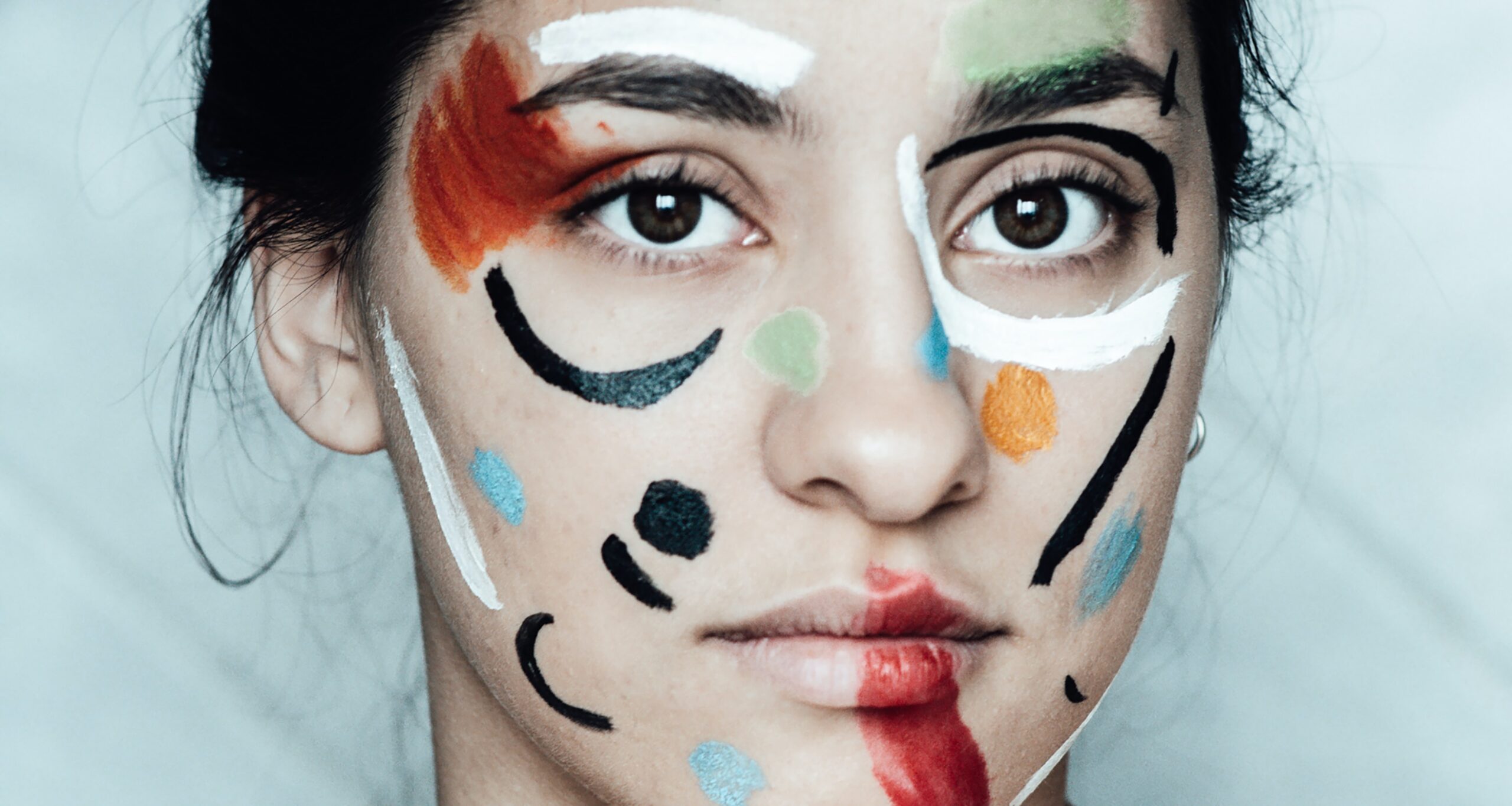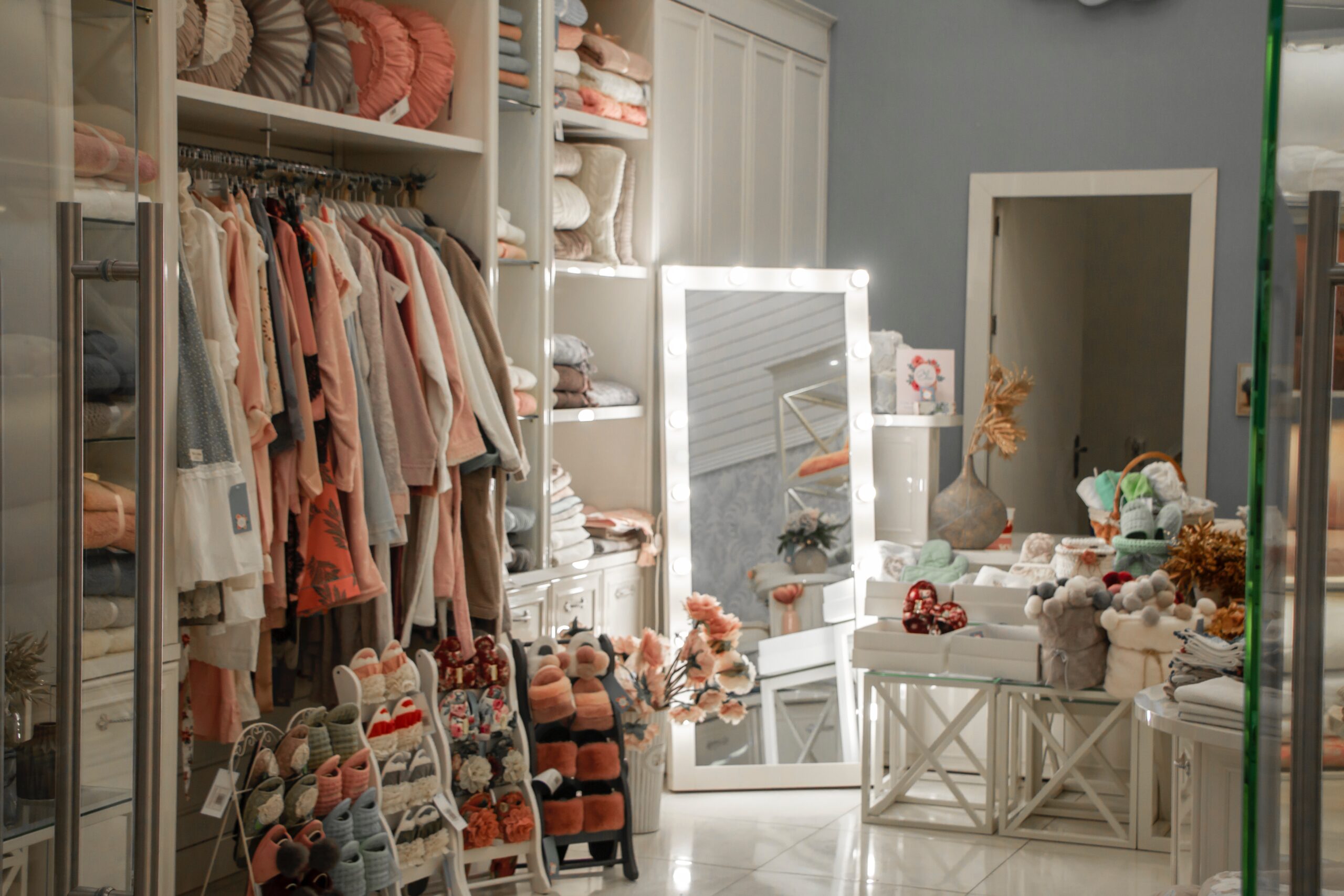Introduction:
The Fashion Industry, with its glamorous colours and creative looks, is, without any doubt, an art form. But legally speaking was it given the said recognition from the beginning? No. This can be understood from the ‘historical debate’ section in this note. Later on, the importance and the need of the fashion to be considered as an art form, as it should be from the beginning. The reason for the same is dealt with in the ‘why fashion should be considered as art?’ section. But, there’s also a hindrance with this aspect. Such Hindrance is also dealt with in this note in the section named ‘the desire-hindrance.’ To connect all this with India, at the end of the note, the relevant concepts of Art Law in India that are related with the Fashion are listed out.
Are the designers artists or artisans? The historical debate:
Fashion, now seen as a glamorous industry that dictates the trends and the social currents of our time, did not always have this positive connotation. Scholars have pointed out that historically, “garment designers were looked down upon as servants,” and only since the 1850s, has the status of fashion designers been steadily improving. Despite fashion’s current status as a profitable, competitive, and tremendously creative industry, debates still exist over whether fashion is a form of art.
This is evident as fashion designers are denied the same IP protections granted to other artistic mediums, including music, film, painting, sculpture, and industrial designs industries. Fashion is traditionally “characterized as a low intellectual property protection regime,” meaning the fashion industry does not receive the full scope of IP protections.
Ultimately, this line of reasoning suggests that differences exist between the work of artisans and that of artists. This divide centers around the belief that artisans make objects designed for use and convenience, whereas, artists create non-instrumental work. Because fashion designers are artisans and not artists, a lower level of IP protection exists within the fashion industry.
The division between artisans and artists is “ceaselessly renegotiated,” implying that the perception of this industry is continuously changing; however, IP laws have not followed suit. In recent years, “public perception of fashion design as a form of art is evident in the culture surrounding fashion events.” Museums have begun to include fashion exhibits, showcasing designs as works of art.
As fashion makes its way into artistic acceptance, it still maintains its own unique identity. Fashion is unlike other artistic fields, as it can express the novel tastes of both the creator and the purchaser. Thus, fashion is a multifaceted art. Even though society has begun to accept fashion as a form of art, fashion’s original perception as a field for artisans inhibits fashion from receiving the full scope of IP protections.
There is “a very fine line between what copy is and what inspiration is” and the fashion industry has constantly tackled the question of whether increased IP protection should be applied. Advocates for increased protection within the fashion industry believe that an “author of a design for a dress should be deemed to be on the same footing as the author of a drawing or a picture” and like their artistic counterparts’ their work should be afforded protection. Since the early 1900s, individuals have constantly attempted to limit piracy in the field of fashion design.
Why should Fashion be considered as an Art form?
“In fashion, one day you’re in and the next you’re out.” This renowned expression reflects the constant state of flux that is apparent in the fashion industry. Designers continuously strive to produce new lines and products to represent society’s desires. These designers rack their minds each season hoping to create the new “it” products, which are ultimately prone to being copied. Numerous knockoffs inevitably emerge on the market, making designs available at low prices and allowing the knockoffs to amass high volume sales. The knockoff industry targets consumers who do not want to pay high prices for designer merchandise. This gives the average consumers a chance to own the “it” designs and trends at a bargain price. Despite most Americans’ familiarity with this vicious cycle, with some even considering it the norm, its occurrence in other “artistic” fields, such as cinema, music, or literature, would be appalling.
Even though all aspects of the fashion industry imply that fashion is a form of art, fashion designers cannot escape an early identification, categorizing fashion as the work of artisans. Due to fashion products’ artisan classification, historically designers did not receive intellectual property protections. Despite recent acceptance of fashion as an art form, fashion designers are still unable to escape the artisan stigma, preventing them from achieving the full breath of intellectual property (IP) protections afforded to other artistic fields. In the absence of IP protection, the knockoff industry thrives.
The Desire – Hindrance:
The desire of the masses to enter into the world of the elite upper class is the real hindrance. Because that is what this fashion business eats on. Knockoff fashion designs help those who yearn to fit into popular social models by providing the “it” trends at a reduced cost. Although a controversy exists over whether knockoffs truly harm the fashion industry, deterring sales of high priced original items, piracy has become an undeniably prominent force in the industry. Fashion magazines seemingly promote knockoffs by devoting sections to enlighten readers on ways to acquire the latest trends at the lowest prices.
If the fashion industry was afforded greater IP protection, individuals who cannot afford the high-end original products would be without recourse. This would ultimately result in a greater social divide between the upper and lower classes. Adopting the proposed regulation to outlaw knockoff merchandise will be an “uphill battle, since many shoppers see nothing wrong with knock-offs, especially as prices for designer goods skyrocket. Some even argue copies improve fashion, because they encourage designers to continuously invent new wares to stay ahead of the game.”
The knockoff versions provide fashion followers with the ability to maintain their allegiance to fashion trends, especially in the current economic crisis, where individuals do not have spare money to spend on the elite fashion designers like Christian Louboutin, Chanel, Herve Leger and Dior.
Art Law in India:
The relevant concepts of Art law that would relate with the Fashion are as follows:
- Copyright Law – Copyrights Act, 1957
- Trademark Law – Trademarks Act, 1999
- Design Law – Designs Act, 2000
- Patent Law – Patent Act, 1970
- GI Law – Geographical Indications Act, 1999
- Trade Secrets

















